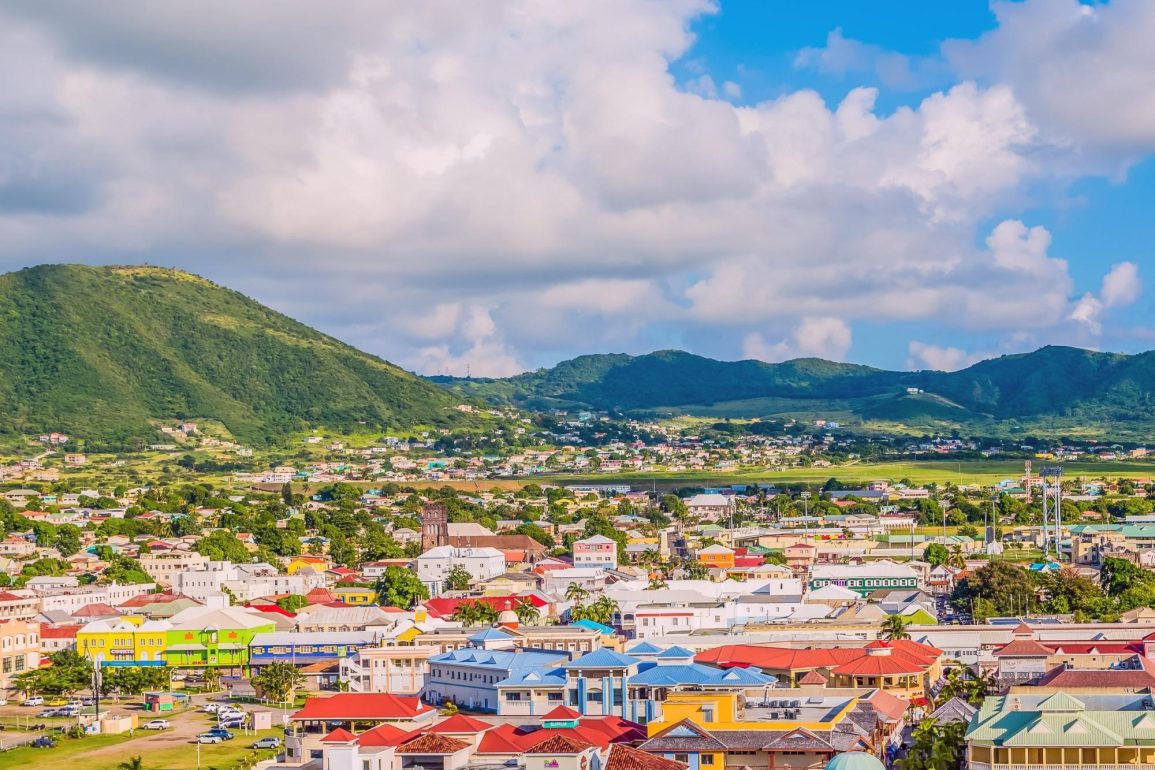You’re tired of visa applications. The endless paperwork, the uncertainty, the restrictions on where you can go and when. You’ve heard about citizenship by investment programs, but which one actually delivers what wanderlusters need?
St. Kitts and Nevis might just be your answer.
This tiny Caribbean nation offers something most countries can’t: a fast track to genuine global mobility. With a program that’s been running since 1984, they’ve figured out what works and what doesn’t.
But here’s the thing—not every CBI program is created equal. Some promise the world and deliver headaches. Others cost a fortune with minimal benefits. St. Kitts and Nevis sits in that sweet spot where investment meets real value.
Let’s dive into why this program has caught the attention of digital nomads, frequent travellers, and anyone who values freedom of movement.
The Numbers That Actually Matter
Forget the marketing fluff. Here are the hard facts about St. Kitts and Nevis citizenship by investment:
Investment requirement: Starting at $250,000 for the Sustainable Island State Contribution (SISC). That covers you and up to three family members. Compare that to some European programs that start at €500,000+ and you’ll see the appeal.
Processing time: 4-6 months on average. Not the fastest in the Caribbean, but certainly not the slowest either. And unlike some programs that promise 2-3 months then deliver disappointment, St. Kitts actually hits their timeline.
Visa-free access: Over 150 countries and territories. This includes the EU Schengen area, the UK, Singapore, and most places you’ll actually want to visit.
But numbers only tell part of the story. The real question is: what does this mean for your lifestyle?
Why Wanderlusters Are Taking Notice
You know that feeling when you’re planning a trip and realise you need a visa? The sinking sensation as you calculate processing times, gather documents, and hope you get approved?
St. Kitts citizenship eliminates most of that stress. With their passport, you can book a flight to London, decide last-minute to extend your trip through Europe, then hop over to Singapore—all without visa applications.
That’s not just convenience. It’s operational freedom.
For digital nomads, especially, this flexibility proves invaluable. When your client needs you in Frankfurt next week and you’re currently in Bangkok, having visa-free access to both locations makes the difference between seizing opportunities and missing them.
The tax situation adds another layer of appeal. St. Kitts doesn’t tax foreign-sourced income for non-residents. So if you’re earning money from clients worldwide while living elsewhere, you’re not looking at additional tax complications.
Three Paths to Citizenship
St. Kitts offers three main investment routes, each designed for different situations:
The Sustainable Island State Contribution (SISC)
This is the straightforward option. You contribute $250,000 to national development projects—healthcare, education, infrastructure, that sort of thing. The money’s gone, but you get citizenship for yourself and up to three dependents.
Additional family members cost extra: $50,000 for dependents over 18, $25,000 for those under 18. Still reasonable when you consider you’re buying lifetime global mobility for the entire family.
Real Estate Investment
Here’s where it gets interesting for investors. You can purchase approved real estate starting at $325,000 for condos or $600,000 for private dwellings.
The catch? You need to hold the property for seven years before you can sell. But during that time, you can rent it out, use it personally, or both. Some investors see this as killing two birds with one stone—citizenship plus a Caribbean vacation rental.
Public Benefit Projects
The third option involves contributing $250,000 to approved public benefit initiatives. Think of it as the philanthropic route—you’re directly funding projects that benefit local communities while securing your citizenship.
When navigating these options, working with an experienced advisor becomes crucial. Global Residence Index has guided numerous clients through the St. Kitts program, helping them choose the investment path that best matches their goals and timeline.
The Hidden Costs and Realistic Expectations
Let’s talk about what the marketing materials don’t emphasise. Your $250,000 investment is just the starting point.
Due diligence fees add another $10,000 for the main applicant, plus $7,500 for each dependent over 16. Processing fees, passport fees, and various administrative charges push the total closer to $280,000-$290,000 for a single applicant.
Then there’s the time factor. Yes, the government processes applications in 4-6 months, but that assumes your paperwork is perfect from day one. Document gathering, translations, apostilles—all of this happens before you even submit.
Realistically, budget 8-10 months from decision to passport in hand.
What Life Actually Looks Like
Here’s something most guides won’t tell you: getting the passport is the easy part. The real value emerges in how it changes your daily decisions.
Business opportunities become more accessible. That conference in Dubai you wanted to attend? No visa stress. The client meeting in São Paulo? Book and go. Investment opportunities in Southeast Asia? You can explore them personally without bureaucratic barriers.
For families, the benefits compound. Your children inherit citizenship, meaning they grow up with inherent global mobility. University options expand when European institutions treat them as residents rather than international students requiring complex visas.
The backup factor provides real peace of mind, too. Political situations change. Economic conditions shift. Having the guaranteed right of return to a stable, English-speaking Caribbean nation offers security that goes beyond travel convenience.
The Realistic Timeline
Month 1-2: Document gathering and preparation. This takes longer than you think—police certificates from every country you’ve lived in, medical exams, and financial documentation proving your investment capacity.
Month 3-4: Application submission and initial review. The government conducts background checks during this period. Stay patient and responsive to any additional document requests.
Month 5-6: Final approval and investment execution. Once approved in principle, you complete your chosen investment and finalise administrative requirements.
Month 6-7: Citizenship certificate and passport application. The final paperwork phase before you hold that coveted red passport.
Making the Decision
St. Kitts citizenship isn’t cheap, but it’s not outrageous either. When you factor in lifetime benefits for yourself and your family, plus the operational advantages for business and travel, the math starts making sense.
The program’s 40+ year track record provides confidence. Unlike newer programs still working out their processes, St. Kitts has established systems and international recognition.
But here’s the critical point: this isn’t a decision to rush. The investment is significant, the commitment is permanent, and the implications reach far beyond just having a second passport.
Take time to understand how citizenship fits your broader life and business strategies. Consider consulting with professionals who specialise in investment migration and can help you navigate both the application process and the long-term implications of your decision.
St. Kitts and Nevis offers genuine value for the right candidates. The question isn’t whether the program works—it’s whether it works for your specific situation and goals.
For wanderlusters who value freedom, flexibility, and the ability to seize opportunities wherever they arise, it might just be the gateway you’ve been looking for.



